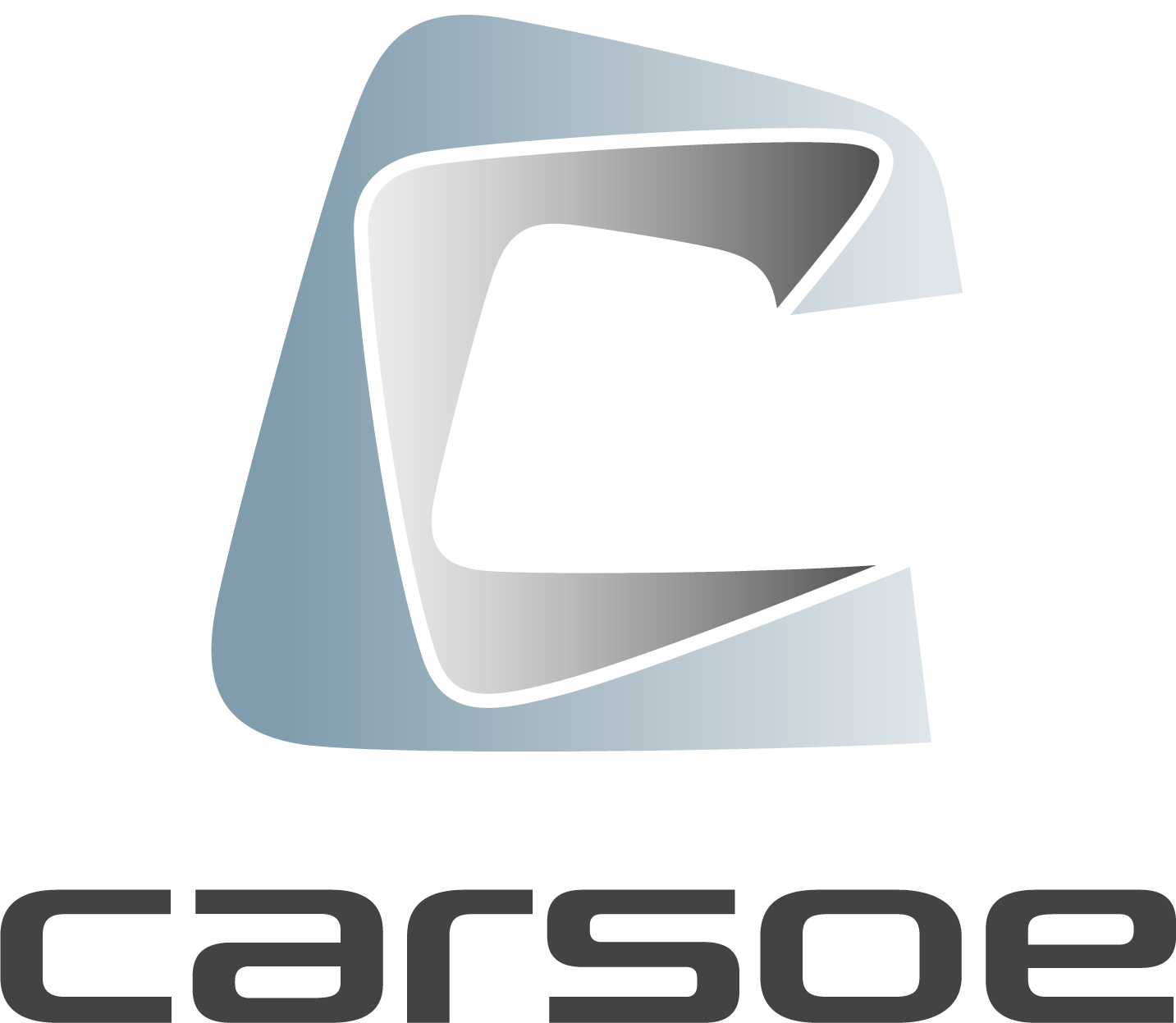SEAFOOD PROCESSING
ADVANCED ONBOARD SEAFOOD PROCESSING
Competitive processing of seafood takes experience and expertise - Carsoe has both. We have a long tradition of supplying complete, advanced plants for onboard as well as onshore processing of fish and shellfish.
Our valuable experience enables us to offer thoroughly tested turn-key solutions, based on continuous research and development of new technology for the next generation of trawlers.
We have equipped more than 250 factory trawlers with Carsoe processing plants and have a unique knowledge of various production systems and processes.
Onboard factories for fish and shellfish
Browse though our options, machines and references related to each species.
A 2 minute tour
Watch video of Seafood Processing Plant

our references
An experienced partner
Carsoe is your market leading partner from start to finish. Beginning with a thorough evaluation of the production needs of a trawler, Carsoe ensures that the processing capacity and finished product are strictly in accordance with the individual requirements of each trawler.
As market leader we know how important it is to be particularly attentive and accurate during our initial analysis of your needs.
We take pride in a successful installation and test of your equipment followed up by training your employees in operating and maintaining the equipment.
Need advice for your Seafood processing factory?
Contact us

Ralphin Leong
Area Sales Manager - China and East Asia - Seafood Processing
ralphin@carsoe.com +65 85004451Productivity in design
The requirements for increased productivity and a reduction of the manual handling are getting increasingly stringent in modern food industry. Providing an ergonomic working environment is a top priority today, and our focus is on optimization of all working operations involved in on-board processing.
With limited space on-board, our primary goal is to make the most of very compact arrangements, aiming at plant designs facilitating cleaning and for a high degree of automation for less labour-intensive production.
A complete solution
Each trawler is unique and so is the processing plant design. We use our extensive knowledge from other projects to design the optimum flow for your production with automation as a main focus.
When your catch is processed and ready for freezing and storage, the catch is sent through an automatic flow. The assorted species are frozen in our automatic horizontal plate freezers, then sorted by species or quality in separate hotels before being palletized in clean pallets and sent to the cargohold using our integrated elevator solutions.

Onboard Seafood Processing News from Carsoe
What is a seafood processing plant?
A seafood processing plant is a facility expertly crafted to refine and prepare marine products using advanced seafood processing solutions. These plants ensure that seafood is of high quality, remains fresh, and retains its nutritional value, adhering to stringent safety standards.
The detailed steps of seafood processing in these plants include everything from cleaning, sorting, and grading to filleting, and the final packaging and freezing of seafood, increasing its value and ensuring its readiness for distribution. Furthermore, a seafood processing plant encompasses aspects such as storing, dispatching, and transporting of seafood.
What is onboard seafood processing?
Onboard seafood processing refers to the practice of processing seafood directly on the fishing vessel, rather than after the catch has been brought to shore. By adopting onboard seafood processing, fishing vessels are equipped with the necessary facilities and equipment to clean, process, package, and freeze the catch while still at sea.
The main advantage of processing seafood in this manner is the immediate preservation of the seafood at its freshest state right after capture, enhancing the quality and prolonging the shelf-life of the products. This method is especially advantageous for maritime journeys that last extended periods or when operating in distant waters away from onshore processing facilities.
What is the most commonly used seafood processing equipment?
Seafood processing is a comprehensive task that requires specialized equipment to ensure efficiency and the highest quality of output. Common seafood processing machinery includes grading machines like the roller grader, which categorize seafood by size, and filleting machines for precise cuts. Weighing hoppers deliver precise weight measurements, and mincing machinery is used to break down smaller, finer pieces into mince suitable for various products.
Freezing equipment such as plate freezers and IQF freezers is crucial for preserving the seafood's freshness over extended periods. The waste shredder ensures efficient waste management during seafood processing. Handling tools, such as advanced conveyor systems, ensure that seafood is moved gently, preserving its integrity. Palletizing machines efficiently organize processed seafood for transport, while lifting equipment facilitates the safe and effective transfer of large batches or weighty containers between decks.
FAQs
How do seafood processing plants maintain product quality and safety?
Processing plants follow strict hygiene and safety standards. This includes regular equipment cleaning, quality checks, and ensuring that seafood is processed in temperature-controlled environments.
How are by-products managed in a seafood processing plant?
By-products like heads can be processed into fishmeal, or nutraceuticals. Efficient utilization of by-products helps in waste reduction.

















